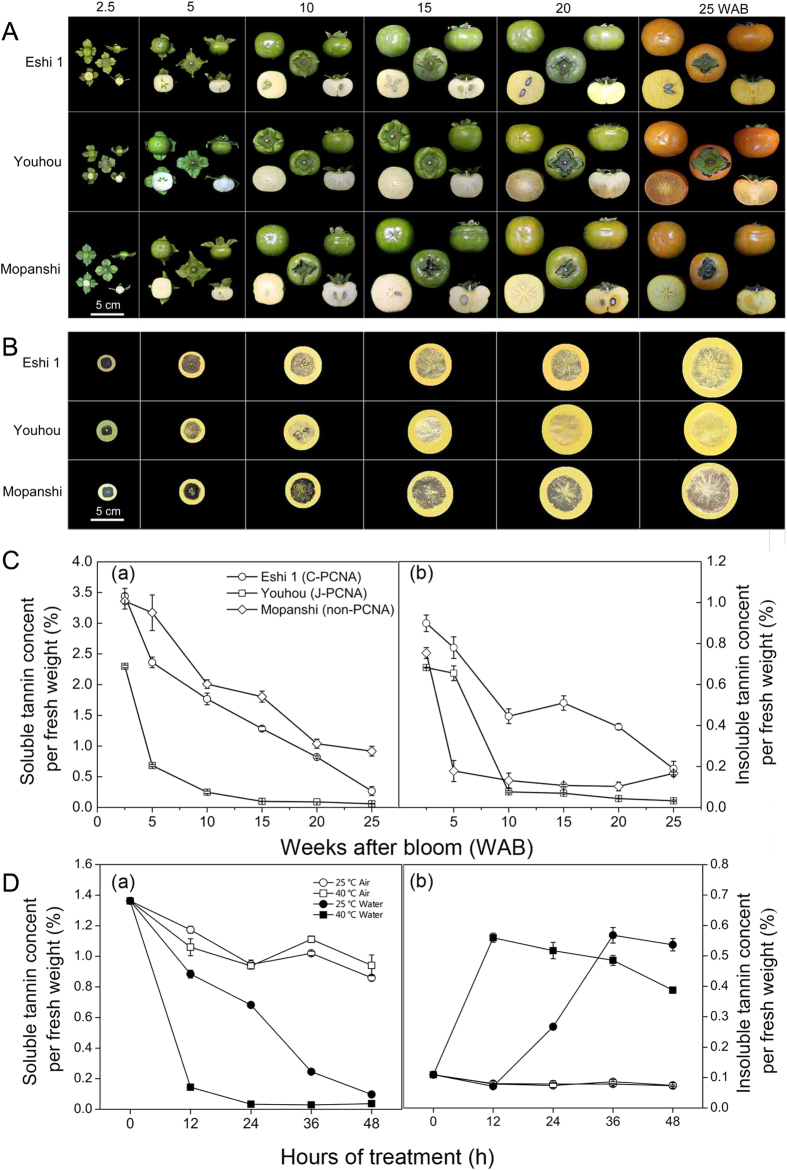Figure 1. Changes in soluble and insoluble tannin content at different developmental stages and treatments in different persimmon fruits.
(A) Fruit development pattern at 2.5, 5, 10, 15, 20, and 25 weeks after bloom (WAB). (B) Test of the soluble tannin content using the imprint method. FeCl2 reacts with soluble tannins, and the darker the resulting product is, the more astringent the fruits are. (C) Analysis of the soluble tannin content by the Folin-Ciocalteu method. (a) Soluble tannin content per fresh weight. (b) Insoluble tannin content per fresh weight. Data collection started 2.5 WAB and continued until 25 WAB. (D) Measuring the tannin content after water treatment for each time point (40 and 25 °C water treated compared to untreated samples for each time point) of persimmon fruits. (a) Soluble tannin content per fresh weight. (b) Insoluble tannin content per fresh weight. The error bars indicate SD. Bar = 5 cm. Three independent group fruits were used for each individual astringency removal type.

